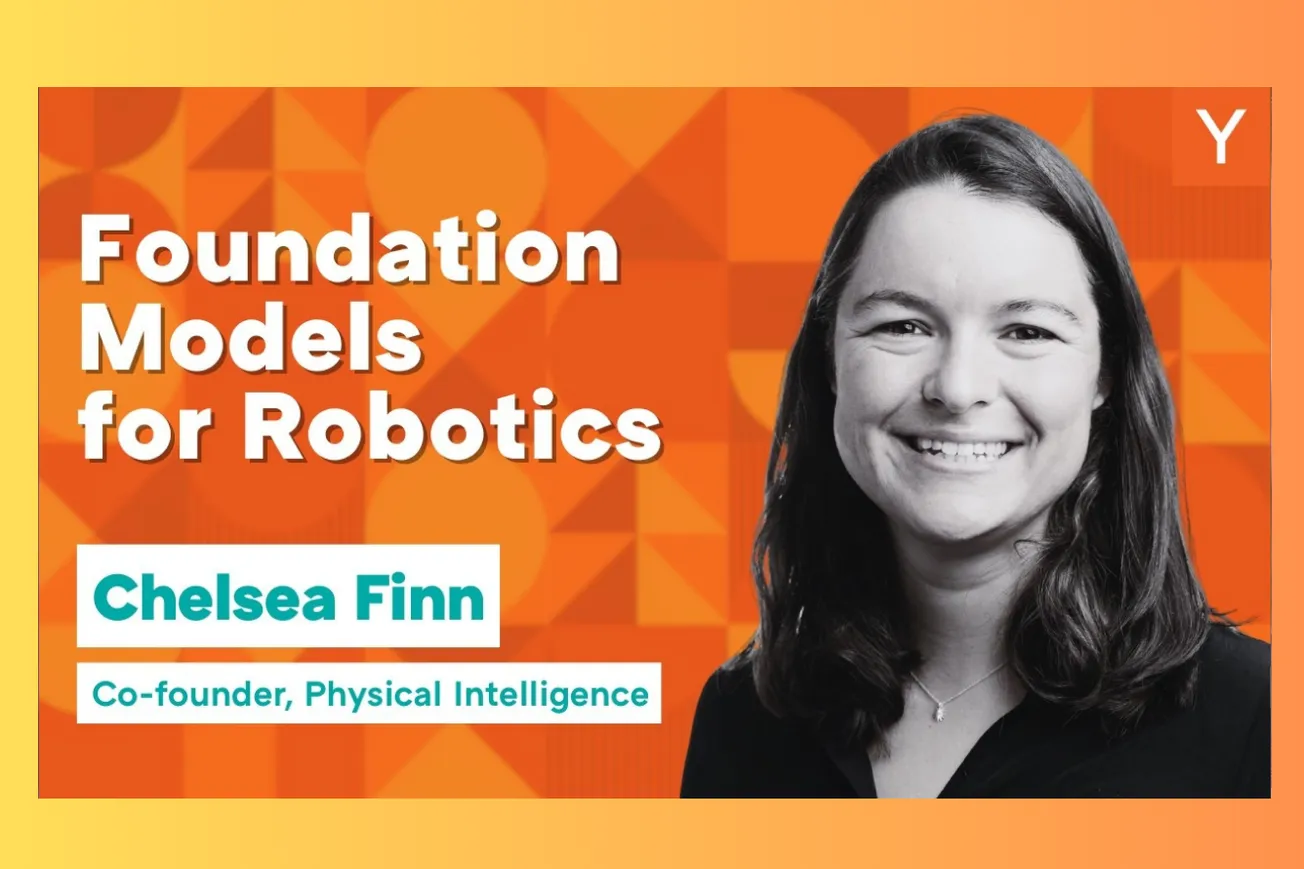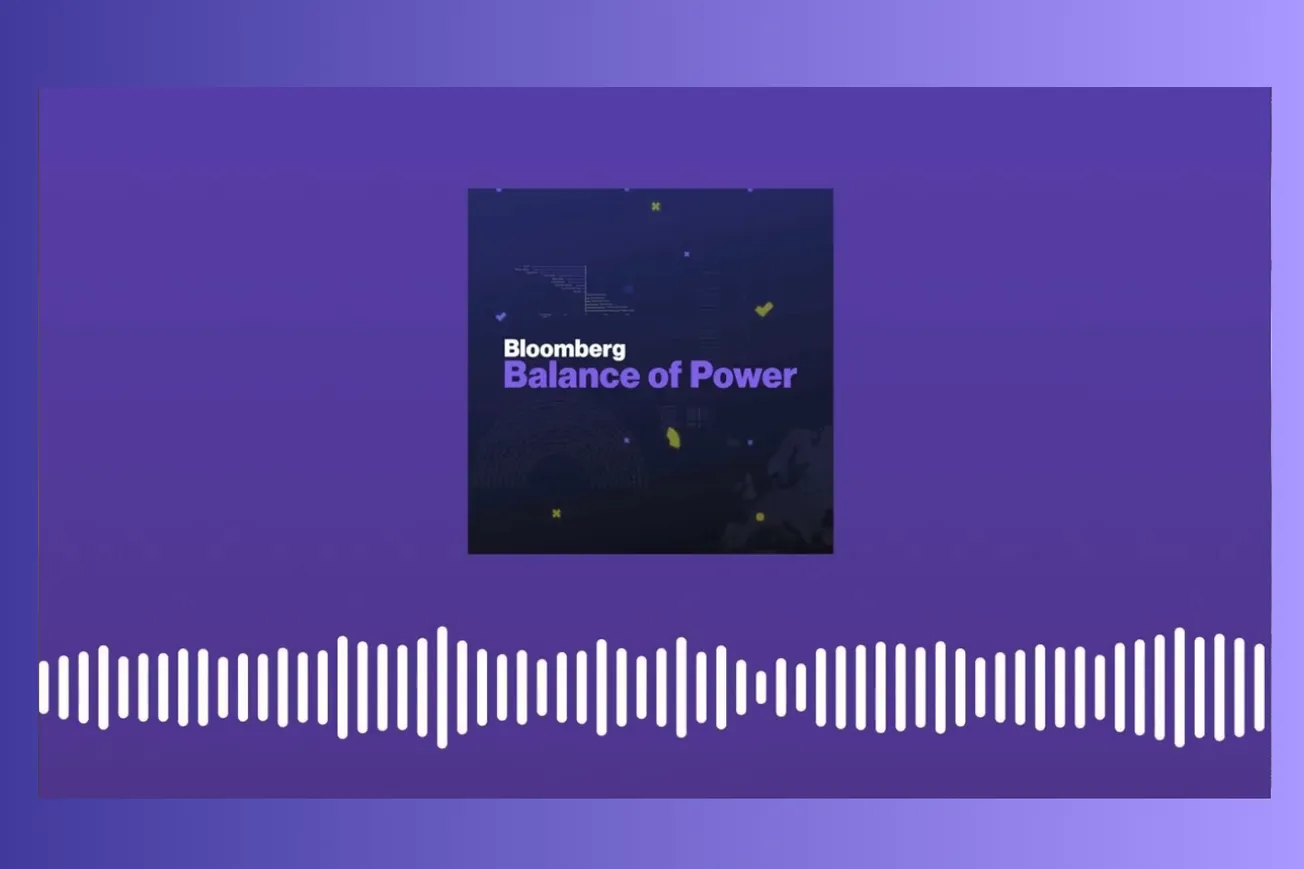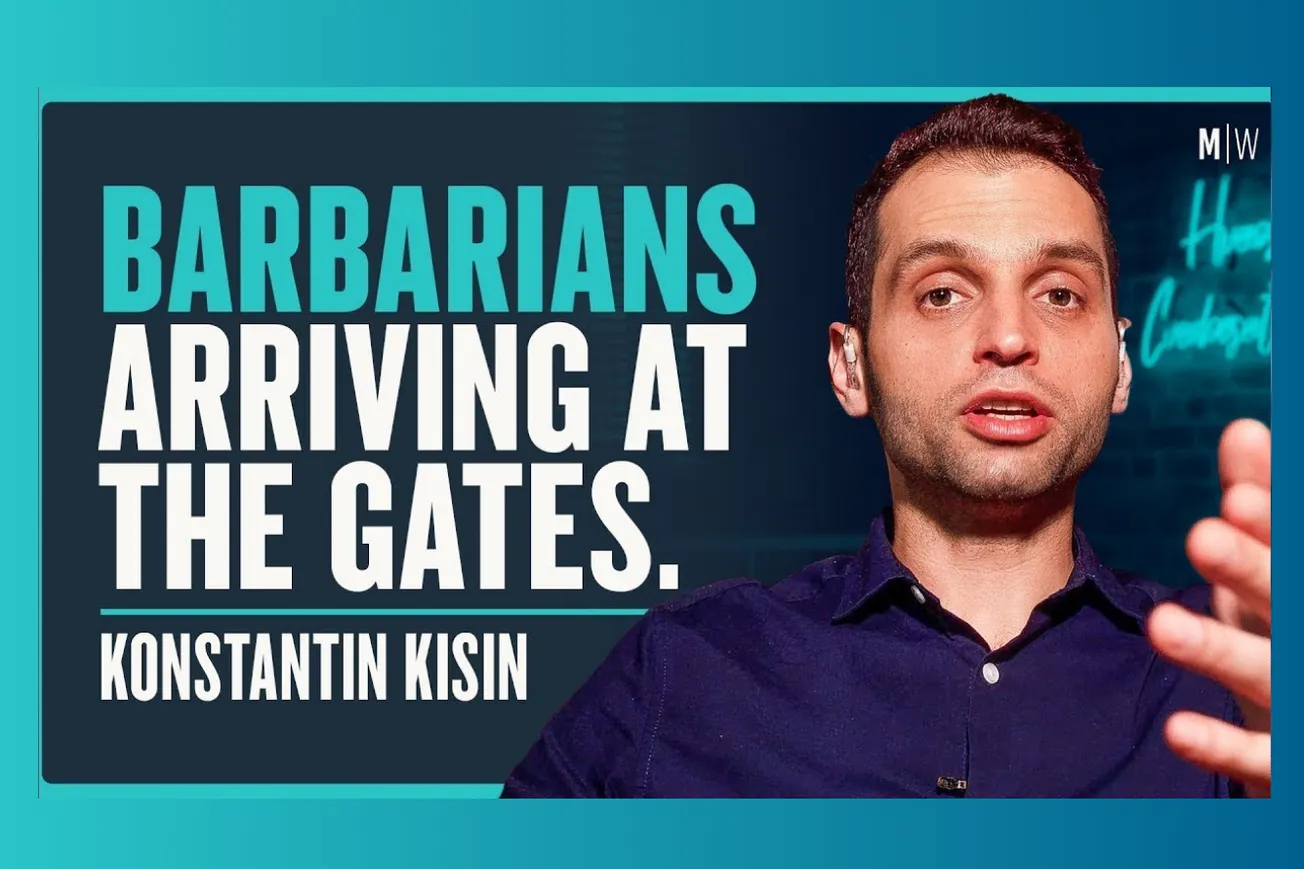Table of Contents
Newsom's powerful pushback against Trump's authoritarian overreach signals his emergence as the Democratic opposition's most prominent voice during a critical moment for American democracy.
Key Takeaways
- Gavin Newsom has become the de facto leader of the Democratic Party through his vocal opposition to Trump's military deployments, filling a leadership vacuum "the size of the freaking Grand Canyon"
- Trump's military parade coinciding with his 79th birthday resembles North Korean-style authoritarian spectacle, featuring more troops than stationed in Syria and Iraq combined
- Immigration raids targeting law-abiding workers at churches, schools, and farm fields are backfiring in polling, with Trump now underwater on every major issue including immigration
- Elon Musk's public groveling to Trump after their Twitter spat demonstrates the president's power over tech billionaires, with Musk "walking around with his dog dome" after being neutered
- China secured favorable trade terms while maintaining rare earth mineral leverage, essentially resetting to pre-tariff conditions after months of threatening rhetoric
- ABC News fired veteran correspondent Terry Moran for calling Trump a "world-class hater," reflecting media companies' fear of retaliation and Mark Zuckerberg effectively firing journalists through economic pressure
- OpenAI's $6.5 billion acquisition of design firm Ive represents potential value destruction, with the company overpaying for hardware ambitions they should pursue through partnerships
- Disney and Universal's lawsuit against Midjourney marks Hollywood's first major AI copyright challenge, establishing crucial precedent for intellectual property protection
Newsom's Calculated Rise to Democratic Leadership
Gavin Newsom has strategically positioned himself as the Democratic Party's primary spokesperson against Trump's authoritarian overreach, capitalizing on what Scott Galloway describes as "a void the size of the freaking Grand Canyon" in party leadership. His nationally televised address responding to Trump's military deployments marked a defining moment, declaring "Democracy is under assault before our eyes. This moment we have feared has arrived."
California's economic leverage strengthens Newsom's political positioning significantly. The state operates the world's fourth-largest economy and functions as a net contributor to federal taxes despite conservative criticism. California hosts more billionaires than any other state, demonstrating continued appeal for wealthy individuals with global mobility options. The state's dominance in artificial intelligence and technology sectors, particularly with companies returning due to AI development, reinforces its economic importance.
Newsom's messaging effectively contrasts democratic norms with Trump's authoritarian impulses. His phrase about Trump taking "a wrecking ball to our founding father's historic project" and criticism of "three co-equal branches of independent government" dissolving resonates beyond partisan boundaries. The governor's visibility during crisis moments positions him as the natural opposition leader when traditional Democratic leadership remains largely absent.
His strategic communication extends beyond crisis response to substantive policy differentiation. Newsom consistently emphasizes California's success in removing criminal immigrants through proper legal channels while opposing raids targeting law-abiding workers. This nuanced approach allows him to support immigration enforcement while criticizing Trump's chaotic execution and constitutional violations.
The governor's national profile benefits from California's cultural and economic influence. Hollywood, Silicon Valley, and major universities provide platforms for amplifying his message beyond state boundaries. His podcast appearances, including controversial interviews with conservative figures like Charlie Kirk, demonstrate willingness to engage diverse audiences despite criticism from progressive activists.
Trump's Military Theater Creates Operational Chaos
Trump's decision to deploy 700 Marines and National Guard troops to Los Angeles represents unprecedented militarization of domestic law enforcement. The deployment coincides with a massive military parade in Washington DC officially celebrating the Army's 250th birthday but transparently designed to showcase Trump's power on his 79th birthday. This spectacle evokes disturbing parallels to authoritarian regimes, particularly North Korea's military displays.
The operational reality of Trump's military deployment reveals fundamental incompetence in crisis management. Local law enforcement, including the LAPD, requires additional deployment to manage problems created by military presence rather than solving existing issues. Many National Guard members simultaneously work as police officers, creating bizarre situations where the same individuals function in multiple conflicting roles throughout single shifts.
Immigration enforcement tactics generate particularly damaging optics for the administration. ICE agents chasing farm workers across fields, conducting raids at churches and schools, and targeting workers at Home Depot locations contradicts polling showing Americans support deporting criminals but oppose targeting law-abiding immigrants who pay taxes. These visuals remind voters of authoritarian overreach rather than effective law enforcement.
Historical parallels to Kent State prove especially relevant, where Ohio National Guard troops killed four protesting students during Vietnam War demonstrations. Scott Galloway notes how misguided military deployment "radicalized a generation and permanently scarred the American psyche." Trump's approach risks similar long-term damage to American political culture and democratic institutions.
The comparison to Hitler's Reichstag Fire Decree represents the most concerning aspect of Trump's strategy. Autocrats historically use manufactured crises to justify emergency powers and suspend constitutional rights. Trump appears to be "lighting a match and pointing at the smoke," creating justification for expanded executive authority through deliberate provocation of civil unrest.
Trump's threats of "very big force" against protesters directly violates First Amendment protections while intimidating legitimate political expression. The "No Kings" protest movement spreading nationwide represents significant grassroots opposition focusing on constitutional principles rather than partisan politics, potentially resonating with moderate voters concerned about democratic erosion.
China Masterfully Manipulates Trade Negotiations
Trump's announcement of a breakthrough China trade deal represents complete capitulation disguised as victory, with negotiations essentially returning both countries to pre-tariff baseline conditions. China successfully maintained its monopoly on rare earth minerals crucial for automotive and technology manufacturing while securing removal of export restrictions and visa limits on Chinese students pursuing American education.
The fundamental asymmetry between American and Chinese negotiating positions reflects deeper structural differences in governance philosophy. China operates from long-term strategic planning focused on maintaining Communist Party power and national interests, while American companies prioritize quarterly earnings and shareholder returns. This difference enables Chinese leadership to impose economic pain on their population for strategic gains while American businesses pressure politicians to avoid disrupting profitable relationships.
China's rare earth mineral monopoly provides insurmountable leverage in bilateral negotiations. These materials prove essential for electric vehicle production, renewable energy infrastructure, and defense manufacturing. American attempts to develop alternative supply chains require decades of investment and technological development, giving China effective veto power over crucial industries during the transition period.
The final agreement maintains devastating trade imbalances with US tariffs at 55% compared to Chinese tariffs at 10%. This disparity reflects China's superior negotiating position and Trump's failure to extract meaningful concessions despite months of threatening rhetoric and market uncertainty. Treasury Secretary Bessent's hints about delaying the July 8th trade deadline reveal the administration's weak position and inability to meet self-imposed benchmarks.
Trump's approach to China negotiations demonstrates classic amateur mistakes in high-stakes diplomacy. His public threats and arbitrary deadlines provide Chinese negotiators with clear intelligence about American priorities and timeline pressures. Professional diplomats typically avoid such transparency to maintain negotiating flexibility and strategic ambiguity.
The broader implications for American global leadership prove deeply concerning. Allied nations observe Trump's inability to extract concessions from China despite holding seemingly strong economic cards. This weakness encourages other countries to pursue independent relationships with Beijing rather than relying on American leadership in containing Chinese expansion.
Elon Musk's Humiliating Capitulation
Elon Musk's public reconciliation with Trump following their social media feud represents one of the most humiliating capitulations by a tech billionaire in recent memory. Musk's 3am Twitter posts expressing regret for going "too far" came after intense pressure from JD Vance and White House Chief of Staff Susie Wiles, who reportedly orchestrated the peace talks to prevent further damage to Trump's administration.
The specifics of Musk's apology reveal the depths of his retreat from previous confrontational positions. His carefully worded statement avoided identifying which specific posts or actions he regretted, maintaining plausible deniability while satisfying Trump's demand for public submission. This strategic ambiguity allows both parties to claim victory while acknowledging the fundamental power dynamic favoring the presidency over individual wealth.
Scott Galloway's description of Musk "walking around with his dog dome" after being "neutered" captures the visual imagery of a formerly dominant figure reduced to submission. The comparison to a post-surgery pet wearing a protective cone reflects Musk's diminished status and obvious discomfort with his new subordinate position relative to Trump's authority.
The reconciliation's orchestration by Susie Wiles demonstrates sophisticated White House political management. Wiles successfully isolated Musk from Trump's inner circle while maintaining the appearance of eventual reconciliation, allowing Trump to claim magnanimity while permanently reducing Musk's influence. This maneuvering represents a masterclass in managing powerful allies who become problematic.
Musk's polling numbers, described as "even worse than Trump's," explain his desperation to repair the relationship. His association with controversial political positions and erratic social media behavior damaged his personal brand and Tesla's market position. The reconciliation attempt reflects recognition that continued conflict with Trump threatens his business interests across multiple companies.
The broader implications for tech industry leadership prove significant. Other billionaires observe Musk's humiliation and adjust their own strategies for managing relationships with political power. This dynamic encourages self-censorship and compliance among tech leaders who previously enjoyed relative independence from political interference.
AI Industry Consolidation and Disruption
OpenAI's partnership with Google Cloud represents a seismic shift in artificial intelligence infrastructure, breaking Microsoft's exclusive relationship with the leading AI company. While the deal doesn't completely replace Microsoft Azure, it provides crucial compute diversification for OpenAI's expanding operations and strengthens Google's position in the competitive cloud services market.
The strategic implications extend beyond simple vendor relationships to fundamental questions about AI development control. Microsoft's $13 billion investment in OpenAI created expectations of exclusive partnership benefits, making this Google deal a significant departure from previous arrangements. The diversification suggests either growing tensions between the companies or OpenAI's massive compute requirements exceeding any single provider's capacity.
Meta's simultaneous AI reshuffling under Mark Zuckerberg's direct oversight reflects the intense competitive pressure across the industry. Zuckerberg's decision to restructure the AI division demonstrates his characteristic willingness to make rapid organizational changes when progress falls short of expectations. This management style, described as "going for it," enables quick pivots but creates organizational instability.
Google's voluntary buyout program targeting AI-vulnerable positions mirrors patterns from declining newspaper industries. The company's identification of specific roles likely to face AI displacement reflects insider knowledge about technological capabilities and timeline expectations. These buyouts provide early warning signals about which job categories face near-term automation threats.
The simultaneous implementation of return-to-office mandates serves as "quiet firing" to reduce headcount without formal layoffs. Companies recognize that many employees adapted to remote work during the pandemic and will choose to leave rather than return to traditional office environments. This strategy enables cost reduction while maintaining plausible deniability about intentional workforce reduction.
OpenAI's $6.5 billion acquisition of design firm Ive represents potentially massive value destruction, according to Scott Galloway's analysis. While acknowledging Jony Ive's legendary design credentials, the acquisition price seems disconnected from realistic value creation potential. Hardware development requires manufacturing partnerships and supply chain expertise that design talent alone cannot provide.
The comparison to "costplaying Steve Jobs" captures the fundamental misunderstanding of Apple's success formula. Steve Jobs combined design vision with operational excellence and strategic partnerships to create revolutionary products. OpenAI's belief that hiring a famous designer automatically translates to hardware success reflects Silicon Valley's tendency to oversimplify complex business challenges.
Media Industry Capitulation and Economic Pressure
ABC News's termination of veteran correspondent Terry Moran after 28 years represents a broader pattern of media companies preemptively capitulating to Trump administration pressure. Moran's firing for calling Trump and Stephen Miller "world-class haters" on social media demonstrates how economic pressures enable political interference with journalistic independence.
The contrast between Moran's treatment and historical precedents reveals changing industry economics. Scott Galloway notes that Dan Rather and Peter Jennings committed more serious infractions during television's boom years but received private reprimands rather than public termination. Economic growth provided job security that current media companies cannot offer due to digital disruption and declining advertising revenues.
ABC's $60 million settlement with Trump over George Stephanopoulos's comments establishes dangerous precedent for media companies' willingness to pay rather than fight legal challenges. This approach encourages additional lawsuits from politicians seeking to silence criticism while demonstrating that financial pressure effectively suppresses journalistic coverage.
The fundamental attribution error in Moran's firing lies in blaming journalistic standards rather than acknowledging economic motivations. Scott Galloway argues that "Mark Zuckerberg fired him, not ABC," referring to how Meta and Google's advertising dominance forces traditional media companies to seek cost-cutting opportunities disguised as policy enforcement.
The timing of Moran's dismissal coincides with broader media industry consolidation and workforce reduction. Companies struggling with declining revenues use political controversies as convenient pretexts for eliminating experienced journalists whose salaries represent significant cost centers. This dynamic enables political interference while maintaining plausible deniability about ulterior motives.
Moran's transition to independent journalism through Substack reflects broader industry trends toward individual content creation. His positive response to termination and immediate pivot to independent publishing demonstrates how traditional media's loss becomes individual opportunity in the creator economy.
Hollywood's AI Copyright Battle
Disney and Universal's lawsuit against AI image generator Midjourney marks Hollywood's first major legal challenge against artificial intelligence companies using copyrighted content for training datasets. The entertainment industry's delayed response to AI threat reflects broader corporate inability to anticipate technological disruption's legal implications.
The lawsuit's strategic importance extends beyond immediate financial damages to establishing precedent for intellectual property protection in the AI era. Hollywood studios possess vast libraries of copyrighted characters, stories, and visual content that AI companies have arguably used without permission or compensation. Successful litigation could force industry-wide licensing agreements similar to music industry's eventual accommodation with streaming services.
Scott Galloway's personal anecdote about Disney's legal aggressiveness over unauthorized Mickey Mouse usage illustrates the company's historical approach to IP protection. The phrase "you don't fuck with the mouse" captures Disney's reputation for ruthless enforcement of trademark and copyright claims, regardless of the violator's size or apparent innocence.
The broader implications for content creators require coordinated industry response rather than individual lawsuits. Galloway advocates for collective action similar to music industry's approach to streaming royalties, where artists band together to negotiate favorable licensing terms with technology platforms. This strategy maximizes leverage while reducing individual legal costs.
The timing of Hollywood's legal challenge reflects recognition that the window for effective resistance is closing rapidly. Unlike the music industry's delayed response to digital piracy, entertainment companies appear willing to engage in immediate legal warfare to protect their intellectual property rights before AI capabilities become too entrenched to challenge effectively.
The lawsuit's success could establish frameworks for compensating content creators whose work trains AI systems. This precedent would apply beyond entertainment to include authors, journalists, artists, and other creative professionals whose intellectual property contributes to AI development without their explicit consent or compensation.
Economic Uncertainty and Capital Misallocation
Trump's chaotic policy implementation creates widespread economic uncertainty that paralyzes business decision-making across multiple sectors. Companies delay hiring, investment, and strategic planning while waiting to understand regulatory direction and policy stability. This uncertainty represents massive opportunity cost as businesses idle productive capacity rather than pursuing growth opportunities.
The deployment of military resources for domestic political theater exemplifies broader patterns of capital misallocation under Trump's leadership. Scott Galloway emphasizes that effective management requires deploying capital for maximum return compared to competitive alternatives. Sending more troops to Los Angeles than currently stationed in Syria and Iraq combined represents fundamental strategic misallocation.
Corporate America's response to political uncertainty reveals the economic costs of Trump's governing style. Katharine Anne Edwards's analysis describes an economy "idling" since September, with businesses refusing to make major moves in either direction until policy clarity emerges. This paralysis particularly affects sectors like immigration-dependent agriculture and manufacturing.
The broader implications for American competitiveness prove concerning as other nations pursue strategic investments while America focuses on internal political conflicts. China's long-term planning contrasts sharply with American short-term reactive policies, creating systematic advantages for Chinese companies in global markets.
Trump's confusion of "activity with productivity" captures the fundamental management failure underlying his approach to governance. Manic movement and constant policy announcements create appearances of action while achieving no meaningful progress on substantive challenges like infrastructure, education, or healthcare.
The polling data showing Trump underwater on every major issue, including immigration where he previously held advantages, reflects public recognition of this management failure. Even Republican voters express concern about policy implementation competence, suggesting potential political vulnerability despite Trump's electoral success.
Democratic Party Succession Planning
Scott Galloway's prediction that Gavin Newsom represents the Democratic Party's future presidential nominee reflects careful analysis of electoral dynamics and party positioning. Newsom's height, appearance, and communication skills align with historical patterns for successful presidential candidates, while his California platform provides necessary resources and visibility.
The discussion of potential vice presidential candidates reveals strategic thinking about electoral coalition building. Suggestions include Pete Buttigieg, Gina Raimondo, Mark Kelly, and Wes Moore, each bringing different demographic and geographic advantages to a theoretical Newsom ticket. These choices reflect careful consideration of swing state appeal and demographic representation.
Galloway's controversial assertion that no Democratic woman will win the presidency reflects pessimistic analysis of American electoral patterns rather than personal preference. His argument that three consecutive female losses would damage women's presidential prospects for years represents strategic rather than ideological thinking about political timing and voter psychology.
The height requirement analysis, noting no president under 5'10" in the last century, illustrates how superficial factors influence electoral success. While acknowledging the sexist nature of these requirements, Galloway argues that Democrats must work within existing voter biases rather than attempting to overcome them through moral suasion alone.
The comparison between potential Democratic and Republican nominees reveals different strategic challenges. Republicans must navigate Trump's influence over party nomination processes, while Democrats face questions about electability and demographic representation in their candidate selection.
Newsom's positioning as the "de facto" party leader creates momentum for future presidential ambitions without requiring formal announcement. This strategic ambiguity allows him to build national profile and policy credentials while avoiding premature political attacks from opponents.
Common Questions
Q: Why is Gavin Newsom considered the Democratic Party's de facto leader?
A: His prominent opposition to Trump's authoritarian actions, California's massive economic influence, and the absence of other national Democratic voices position him as the party's most visible spokesperson during crisis moments.
Q: What makes Trump's military parade particularly controversial?
A: The display resembles authoritarian regimes like North Korea rather than democratic traditions, wastes military resources needed elsewhere, and coincides suspiciously with Trump's personal birthday celebration.
Q: How did China benefit from the trade negotiations?
A: Beijing maintained rare earth mineral leverage while securing removal of export restrictions and visa limits, essentially returning to pre-tariff conditions after months of American threats achieved nothing.
Q: Why did ABC fire Terry Moran after 28 years?
A: While officially citing policy violations for social media posts, economic pressures from digital advertising competition and fear of Trump administration retaliation likely influenced the decision.
Q: What does OpenAI's Google partnership mean for the AI industry?
A: The deal breaks Microsoft's exclusive relationship with the leading AI company and signals increasing competition for cloud infrastructure as AI compute demands exceed any single provider's capacity.
Q: Is Elon Musk's apology to Trump genuine?
A: The forced nature of the reconciliation, orchestrated by White House staff after Musk's polling numbers declined, suggests strategic necessity rather than genuine regret for his previous positions.
Q: Why are tech companies implementing voluntary buyouts?
A: Companies like Google recognize which jobs face near-term AI displacement and use buyouts combined with return-to-office mandates as "quiet firing" strategies to reduce workforce costs.
Q: What precedent does Disney's AI lawsuit establish?
A: The entertainment industry's challenge to Midjourney could force AI companies to license copyrighted content rather than using it freely for training, potentially creating new revenue streams for content creators.
Newsom's emergence as Democratic opposition leader creates clear contrast with Trump's authoritarian tendencies during a pivotal moment for American democracy. His California platform, articulate resistance messaging, and strategic political positioning establish him as the party's most formidable national figure heading into future electoral cycles.





